Yesterday I told you about the temporary addition to my sewing room – the Bernina 780. I described some of the more basic features and my general impressions of the machine. Today I want to talk about two stand-out features of this machine.
Dual Feed. This is one of my favorite features. Bernina’s Dual Feed system is a like a walking foot integrated on to the body of the machine. No having to dig out a walking foot, or wrestle with attaching to your machine. On the Bernina 780, the Dual Feed mechanism resides on the back of the machine, just above the needle shaft. When you want to use the Dual Feed, you just pull the tongue out and down, locking it into position in a slot in the presser foot. (This feature only works with feet designed for Dual Feed.)
View of the back of the machine, with the Dual Feed pulled down and engaged.
Karen from The French Seam says that this feature is especially helpful when sewing on minky. I didn’t have any of that on hand, but I did test out the Dual Feed on a small quilt sandwich. I sewed two seams, one with and one without the Dual Feed, and compared them. Even on the short (5”) seams on my test piece, you could see that the Dual Feed made a difference. The plain seams had little tucks as they intersected other stitch lines, as the fabric layers did not get pulled through with consistency. The seams sewn with the Dual Feed engaged did not get those little tucks.
Stitch Regulator. This is another of my favorite functions. If you’re a quilter or enjoy adding free motion stitching to a project, you’ll love it, too. The Bernina Stitch Regulator (BSR) provides assistance for your free motion stitching.
When free motion stitching without a stitch regulator, stitch length is determined by a combination of the speed of the needle and the speed of the fabric. With the BSR, your stitch length is controlled just by the speed of the fabric.
I tested out this feature with a raw edge applique on a t-shirt or my daughter. The shape I stitched around included long flowy curves, tight curves, sharp corners, and long straight lines.
It performed well, thought I should tell you it wasn’t completely foolproof. It can help make your stitches more even, but it can’t control for sudden lurches. You’ll still need to learn to move the fabric in smooth curves and at a fairly consistent speed. You just don’t have to also worry about how hard your foot is pressing down on the foot pedal.
Here’s a picture of the applique. I made several passes so the lines would appear thick, but you can see that the stitches are all fairly uniform.
I found that it worked best at mid-range speeds. My tendency is to free motion stitch at higher speeds, as tiny stitches look less lurchy than stitches that are too long. When adjusting to the BSR, I had to make mental note to slow down. The BSR had a hard time keeping up when I moved the fabric too fast.
Check back tomorrow for the final installment in my review, where I’ll tell you all about the embroidery module.
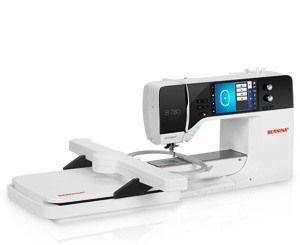



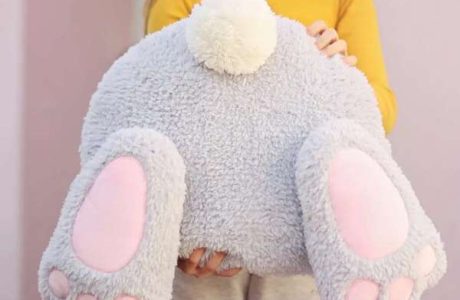
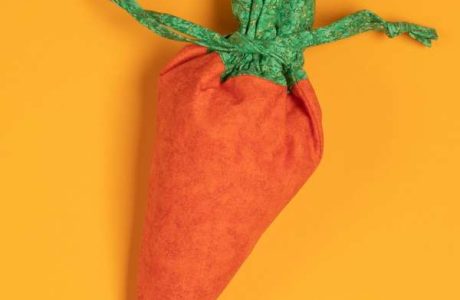
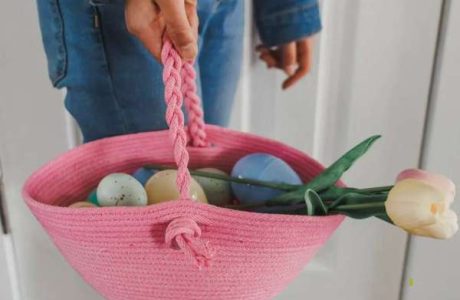
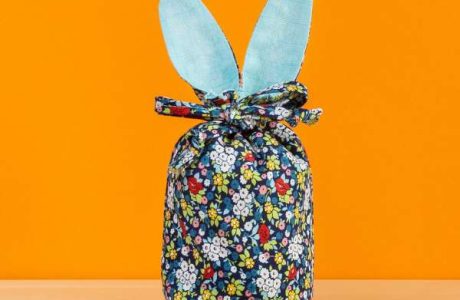
I have one of the first Bernina 780e imported into the UK. It has been a nightmare. I have attended a course at Bernina in London and the tension on my examples and that of the other learner and tutor! was all very bad, on the 3 machines of the importer. If the importer can not get a good stitch out of this machine then who can? My machine has now been back with the dealer for 3 weeka. He is being very helpful and I am so pleased that I did not buy my machine online. If only the stitch quallity was good then it would be a wonderful product but a machine that can not stitch well is no good to anyone.